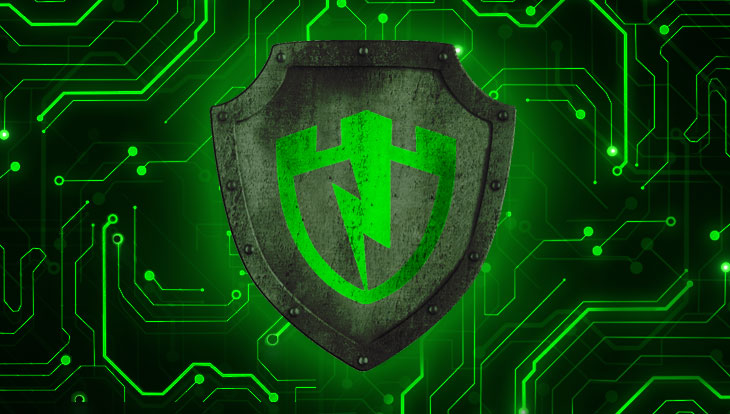A View From The Top
We liken ransomware to a virus, but this analogy no longer works. Think about this — you go to the doctor, and learn you have a virus. In your mind, you think, alright it’ll run its course and after a few days, life will return to normal. No big deal. Ransomware, unlike a virus, post infection, spreads quickly and more forcefully than the original infection. Ransomware is akin to cancer, and it is metastasizing.
In the last three months, ransomware infection rates spiked. The month of March started with an infection in Jackson County, Georgia, a small rural county of 60,000. After working with the FBI, county officials paid the ransom of an unbelievable $400,000. Sadly, this infection was global news, and our foreign anonymous enemy learned that piles of money can be extorted from small rural counties. America’s smaller, less sophisticated counties were at risk and had targets on their backs.
As it turned out, I was wrong. The enemy, next, shifted upstream successfully infiltrating Genesee County, Michigan (population 400,000), the city of Greenville, North Carolina (population 90,000), and the city of Albany, New York (population 98,000) capital of the Empire State. Then perhaps one of the most public ransomware attacks occurred. The city of Baltimore, Maryland (pop 600,000) was crippled by ransomware. Unlike Jackson County, they opted not to pay. Instead, they worked for months restoring the city’s operations, and are now facing a price tag of $18 million for their restoration efforts.
Then I was proved right. In June, three small cities in Florida (Key Bisayne (population 13,000), Lake City (population 12,000), Riviera Beach (32,000)) were penetrated in quick succession. Of concern is Lake City and Riviera Beach which paid the extortion of $460,000 and $600,000 respectively. The price of a ransomware infection was escalating.
Beyond local governments, cyber criminals have infected state courts in Pennsylvania and Georgia. Additional infections brought down international airports in Cleveland and Louisville. Shortly after the Cleveland airport attack, 60 Minutes aired a 20-minute segment on ransomware. Sadly, the CBS journalists missed a key point. Why is this happening?
The critical and essential role of antivirus in a business or government network is to identify and block any and all malware, including ransomware. The underlying architecture of the antivirus is a black list which is a list of known malware such as ransomware. The flaw in the black list is unknown ransomware not yet on the black list are assumed to be benign allowed to execute, penetrate and infect.
PC Matic is the only antivirus based on a white list. Throughout the second quarter, none of our customers were infected by ransomware. Our white list works, and ready for national deployment.
Rather than a prognosis of a virus, the doctor delivers the solemn news of cancer. Your life stops. The good news is you caught the cancer early, and if treated promptly and aggressively, the outlook is still good. That is our situation today.
Each ransomware victim in the second quarter was protected by black list antivirus and their antivirus failed them. In the treatment of cancer, researchers are developing newer, advanced treatments and medications to fight the disease. The white list represents the only alternative to stop the ransomware offensive. As in cancer, the time to act is now.



